Updated: Friday, April 11, 2025.
Senior Brooke Wilkinson was born into a soccer family.
From a father who played professionally and an older brother who would later commit to playing the same sport just a mile away from her soon-to-be college — it has been an instrumental aspect of her life since childhood.
Now, she plans on continuing her soccer journey at St. Catherine University in St. Paul, Minnesota — making her the first student athlete of the 2024-25 school year to be highlighted in the Falconer’s Next Level Seniors, profiling a distinct group of seniors who commit to playing a collegiate level sport.
Wilkinson began playing soccer at the age of three, after encouragement from her father who coached her. “My dad always just made sure [that] I knew I hadn’t hit my peak and to continue to grow each day,” she said.
Wilkinson aspires to always have an “underdog mindset,” meaning that she never thinks she’s better than everyone else.
Growing up, it became routine for Wilkinson to train with her brother too, while her mom supported her wholeheartedly and attended all of her games.
Once her brother left for college, it made training when he returned more important for Wilkinson. They practiced a lot more together when he came home for a break, which worked out, according to Wilkinson, since he plays as a forward and she as a defender.
Backed by family experience, she started playing on a team early on.
At three, she started training with the Eastside Timbers, which she continued on with until fifth or sixth grade. Afterward, it was Thorns Academy — from seventh grade to beginning of high school — and then her next team was FC Portland.
Although she liked the coach from FC Portland, Wilkinson felt that staying wouldn’t lead to growth. “Our entire starting lineup left the same year,” Wilkinson said. “I didn’t really have a choice.”
In sophomore year, Wilkinson switched back to the Eastside Timbers and has stayed there since. Having played for three main teams, her favorite part was the people and the traveling.
Outside of playing for club soccer, Wilkinson has also played varsity for La Salle since freshman year, and was the only senior on the team this year, which for her, came with a learning curve in leadership.
“It was kind of high stress in the middle of the season,” she said. “Obviously, I wanted to be high stress, and I wanted to do really well, but I wanted to make sure people were enjoying the sport they were playing in high school.”
For Wilkinson, there was also an adjustment in starting on the varsity team. “I was the only freshman on varsity,” she said. “I didn’t get playing time, because there was a senior outside back.”
Because she was more quiet back then, Wilkinson found it difficult to speak up for herself when handling these changes. “It was a lot of practice, and then I didn’t feel like I was playing,” she said. “I had to overcome that, but it ended up working out just fine.”
One moment that uplifted her was thanks to an upperclassman.
“I remember having a conversation with a girl named Kate Collins. She was like, ‘if you want to play, you’re going to have to talk,’” Wilkinson said.
Due to her position being left center back at the time, a newer position compared to what she often plays as a left back, it required her to talk to everyone since the whole field was visible to her.
The unfamiliar formation is what “forced” Wilkinson to develop her communication skills while playing early on.
In comparison to club soccer, Wilkinson said that the high school team emphasizes more team bonding. Activities such as taking laps around the school, getting food after fitness week, or doing a Starbucks run once practice is over, allow her to get close to the people on her team she normally wouldn’t be able to because of the difference in grade level.
“The people I have on my club team, none of them go to La Salle,” Wilkinson said, adding that many of the girls she knows are from the Barlow and Beaverton area. “I have friends from all over.”
For most games, Wilkinson tracks a set of goals in the Notes app on her phone. “For a season, maybe 10. Per game, I’ll focus on like three or four goals,” she said. “I play better when I put myself under a bit of pressure.”
One example of a goal for Wilkinson is “heading the ball,” something she considers to not be her “strong suit,” however, is key for her position where she’s located near the back. “Say the ball were to come to me in the air … I need to have an 85 to 90% success rate,” she said. Another goal she has is to ensure her passes are connected. “I want to have in between an 80 to 100% success rate. It fully depends on how many times I get the ball.”
The weekend following a game, Wilkinson watches the film to see where she needs to improve.
When reflecting on her goals, she also has additional help from the assistant coach of her club team, who started at the beginning of this season: her dad.
After every game, the two of them take a 15 minute break to digest what happened, and then reconvene to talk about it. “He tells me what I did well, and then he tells me what I need to work on,” Wilkinson said.
“Usually I recognize it too, and then next game, that’ll be one of my main goals,” she said.
Wilkinson expressed that one key difference in having him as a professional coach was that it no longer was just her on the receiving end. “I grew up with him coaching me, but not coaching my teammates,” she said.
Worried that her teammates would perceive her differently because of their familiarity, he made sure to acknowledge it with the team, so that way “everybody knew he was not involved in starting lineups,” she said, reiterating how that’s a decision for the head coach. “Because that was my main worry: I didn’t want to be the typical coach’s daughter.”
Instead, Wilkinson said she often felt the opposite in the beginning.
“Some challenges at the start were because he was getting on me more than everybody else,” Wilkinson said. “I’ve been told growing up that if you hear your name a lot on the field, it means your coach thinks you have potential.”
With time, she learned to adapt to that change, saying, “he’s my coach when I get to practice, and then after practice, he’s my dad.”
Looking ahead to playing at St. Catherine’s University, a Division III school, Wilkinson hopes to focus on academics rather than prioritizing a higher division for soccer. Despite initially wanting to play Division I or Division II, she saw how the process went for her brother, and seeing him transfer divisions changed her perspective.
“I weighed out the pros and cons,” she said. “I had no goal of playing soccer after college.”
It also makes double majoring, another goal for Wilkinson, easier. She hopes to major in psychology and potentially political science, with the aim of being a lawyer in the future.
Since Wilkinson has always planned on going out of state for college, she’s both excited and nervous about leaving home. However, Wilkinson’s parents are already planning on visiting her and her brother for their games, as they will soon be playing soccer in the same state.
“Each team has different goals and mindsets, so I’m excited to see what that’s like,” she said.
Correction: Thursday, April 10, 2025.
A previous version of this article incorrectly stated “playing time” as “running time.”


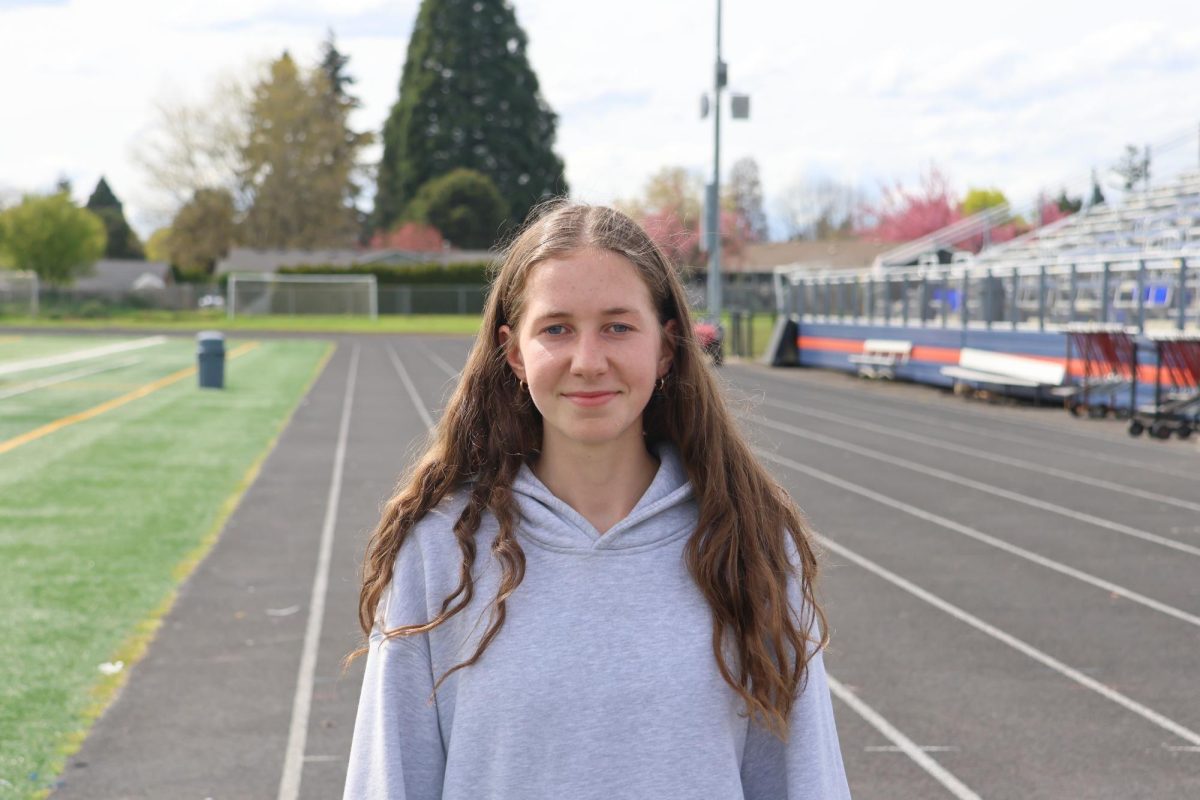
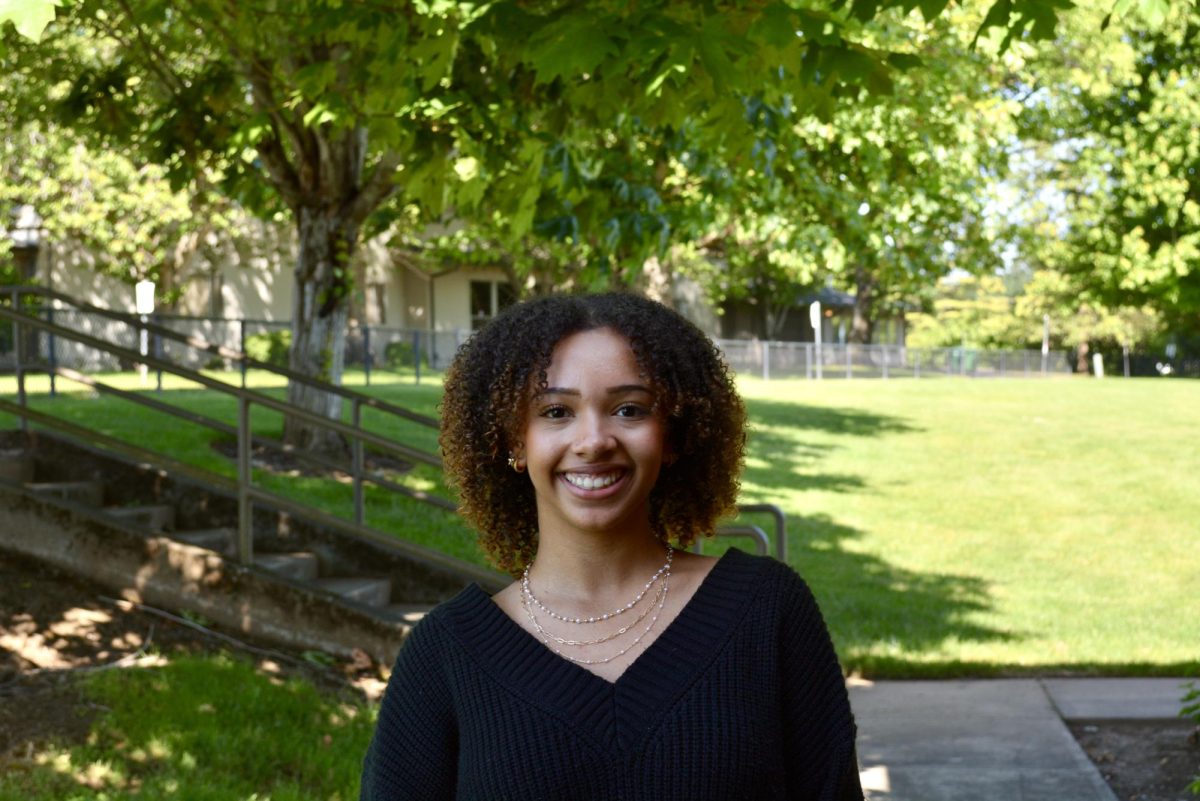
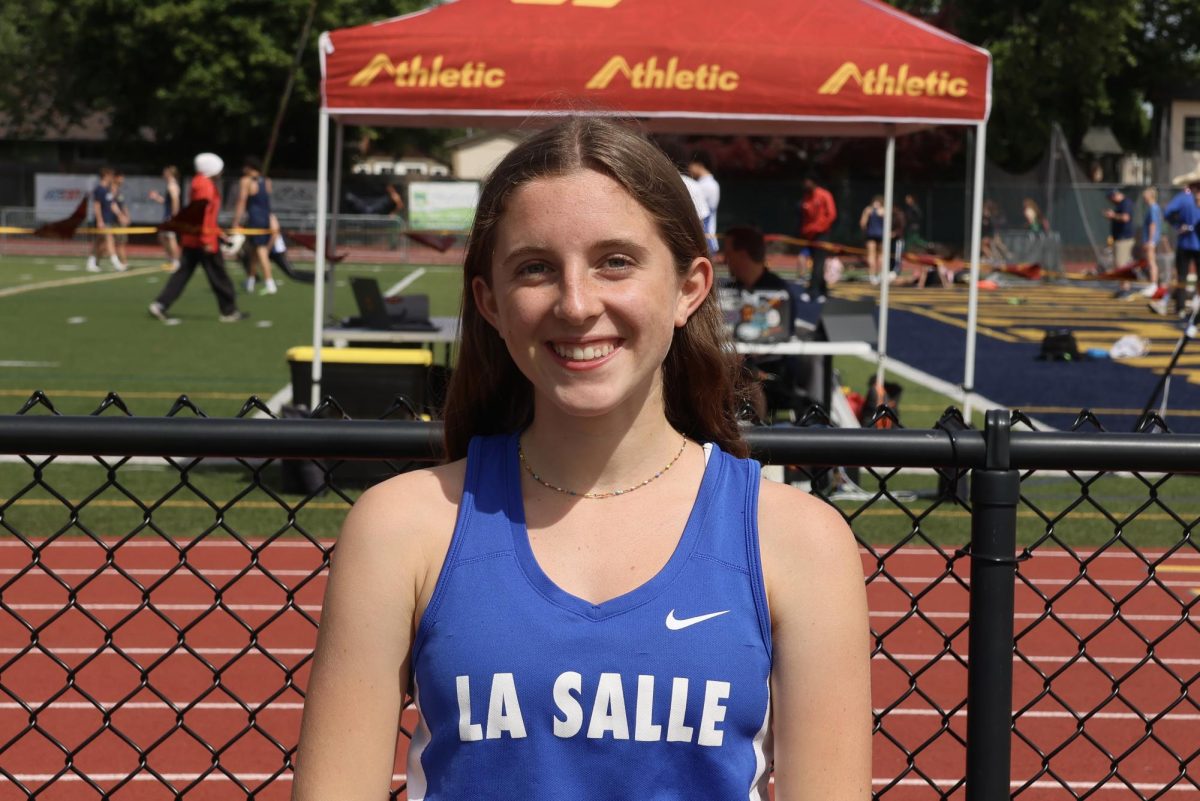

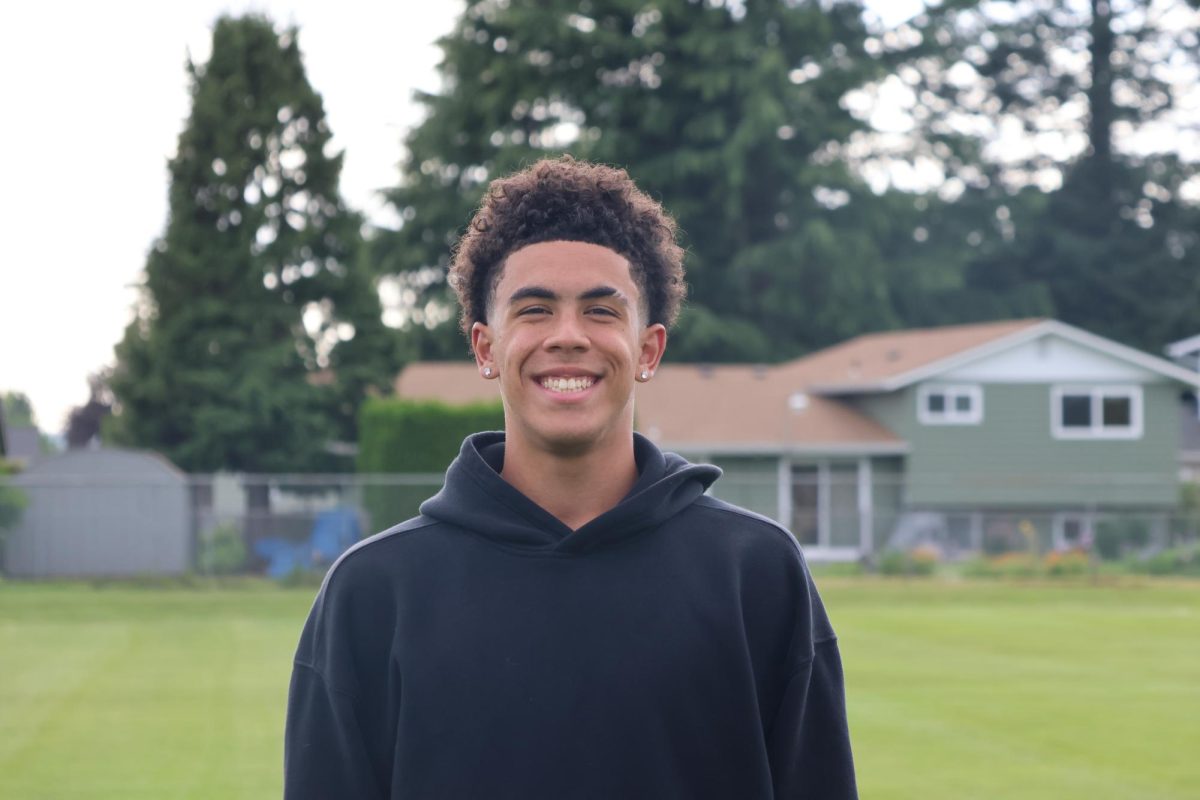
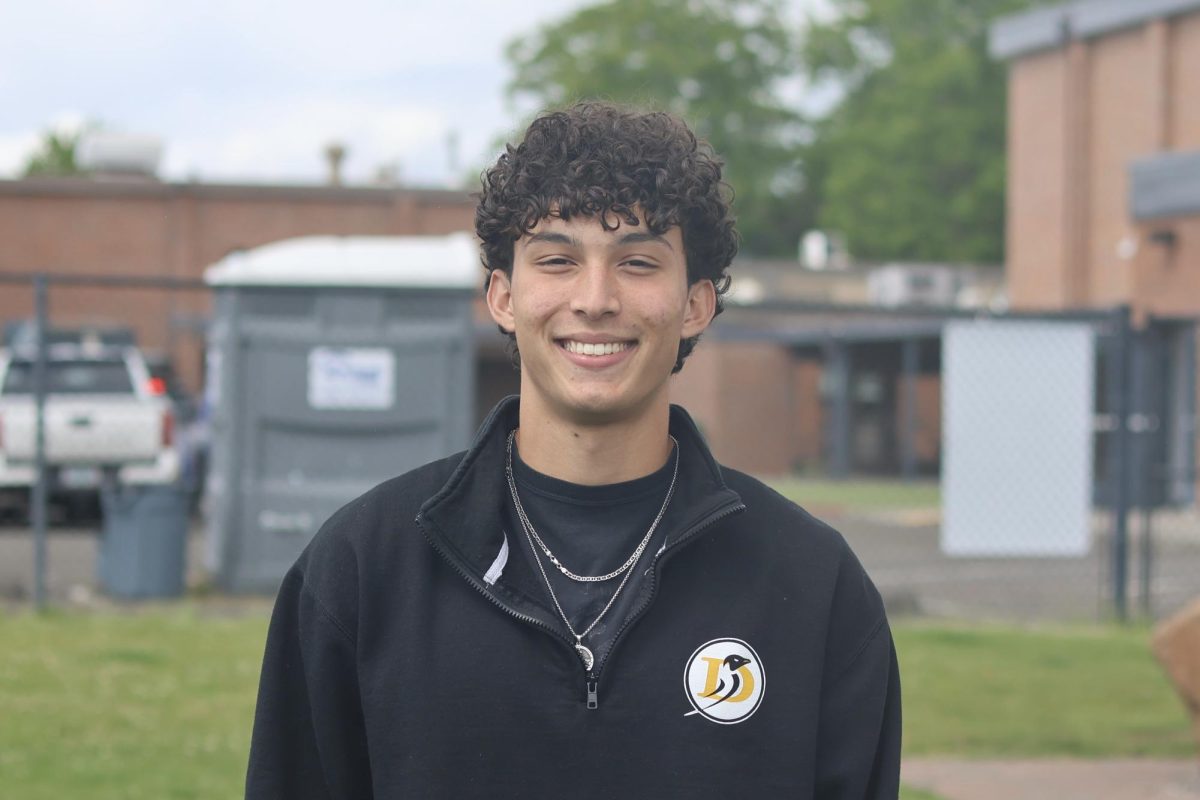
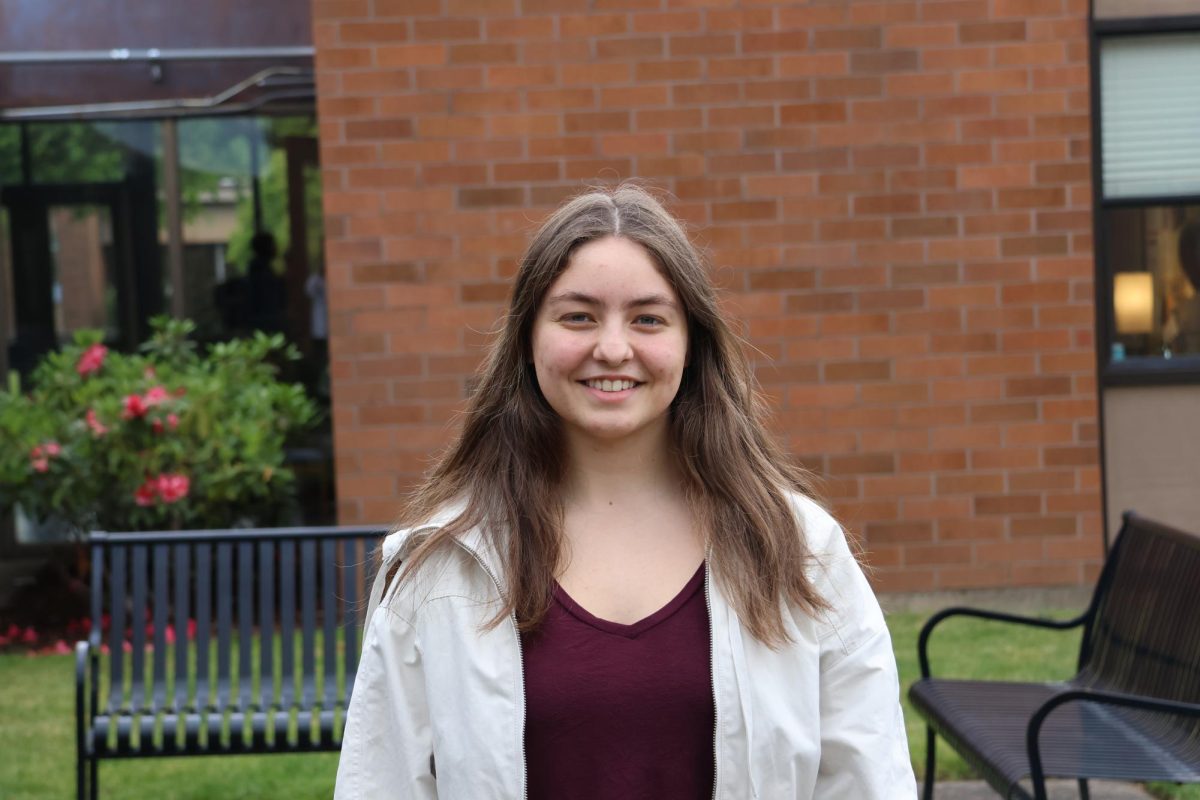

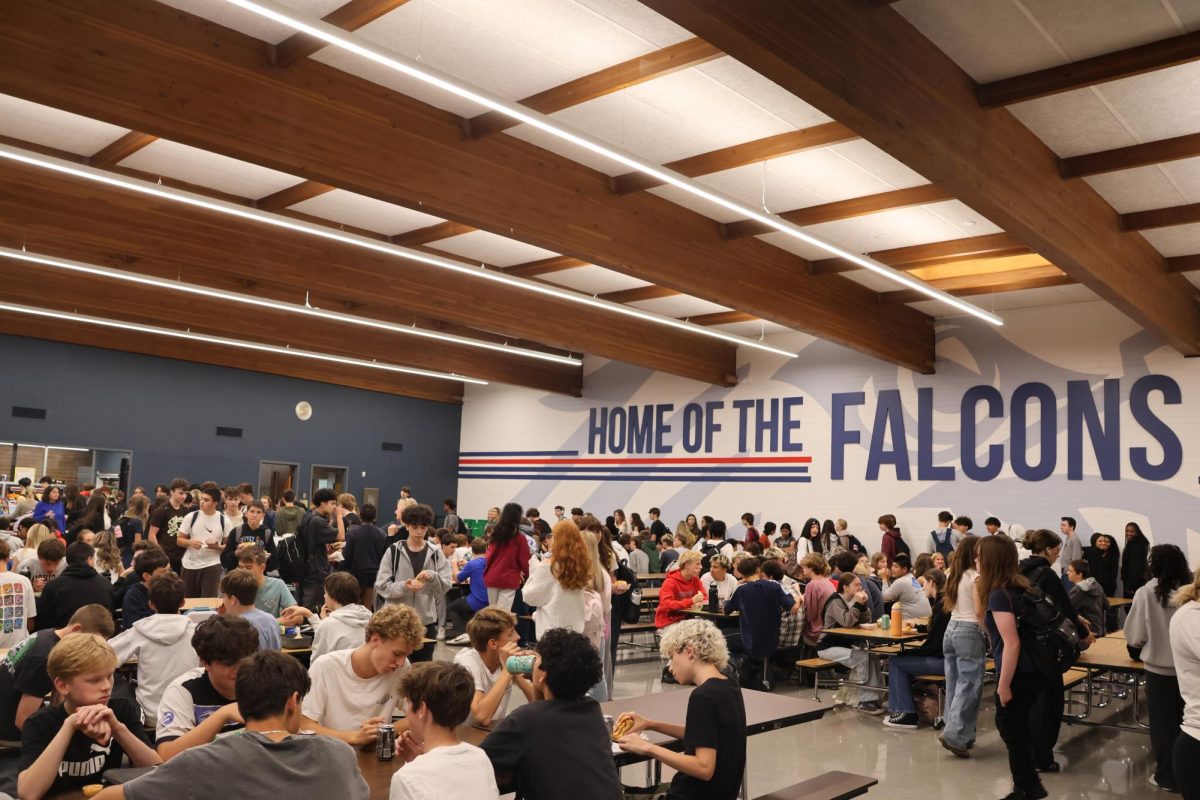


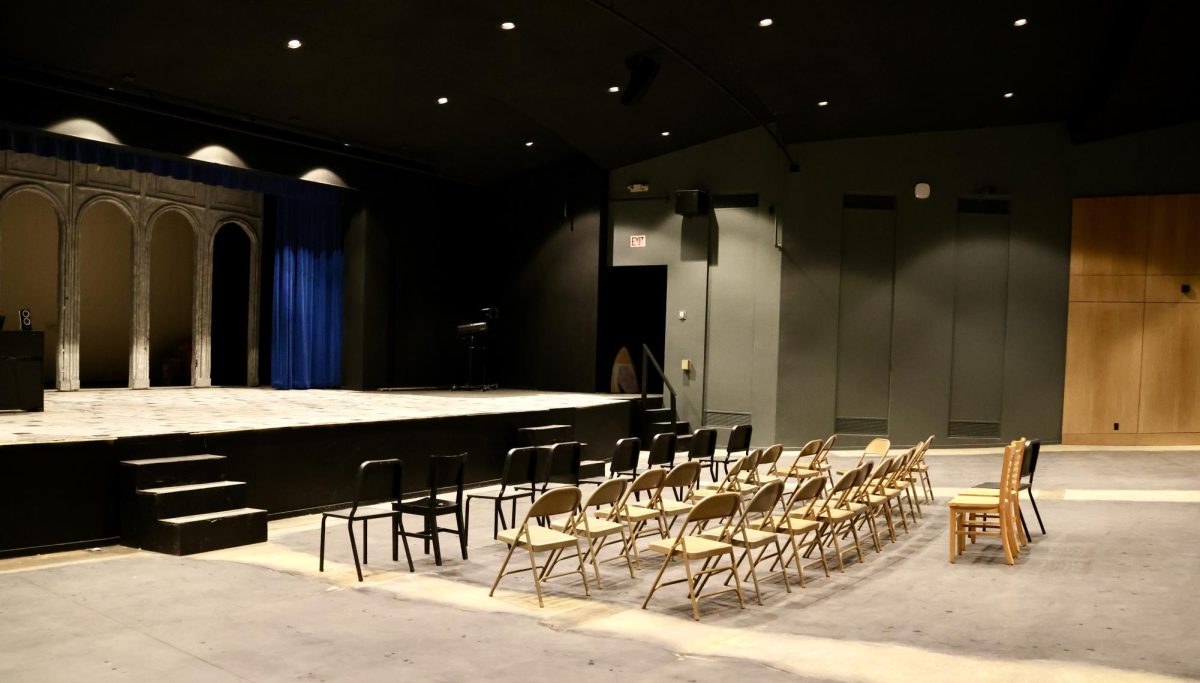
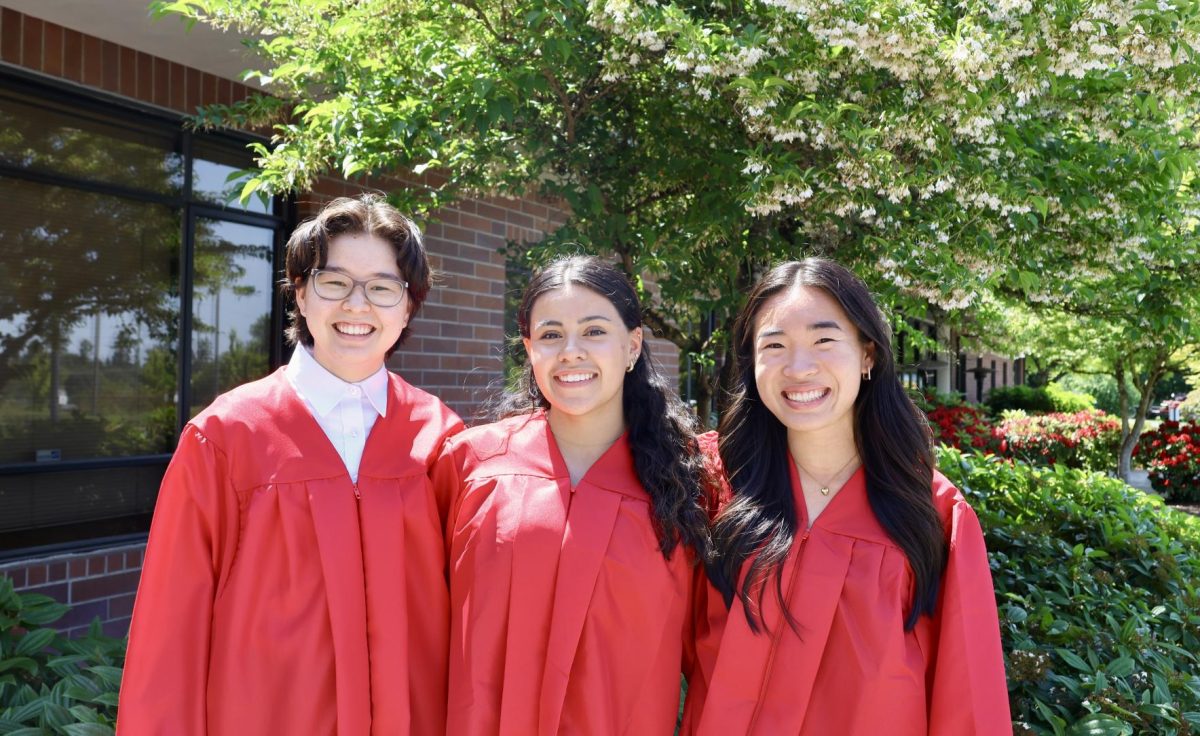
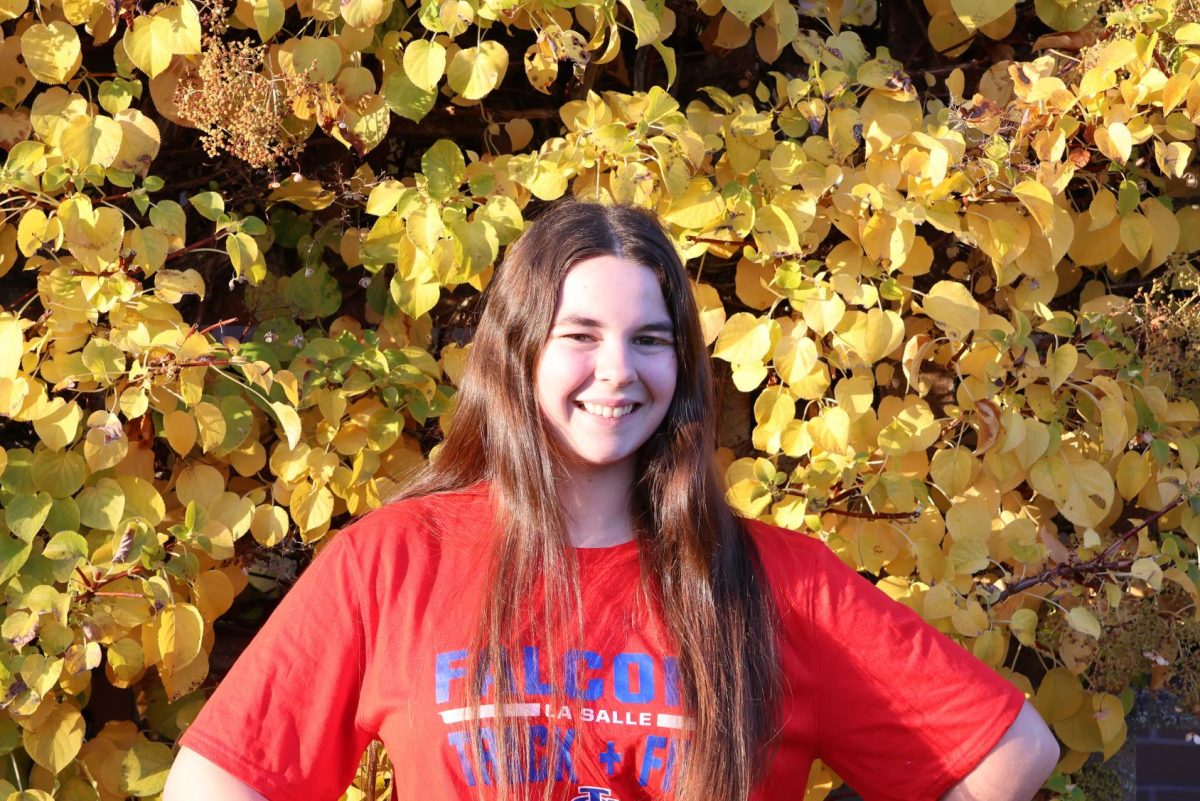

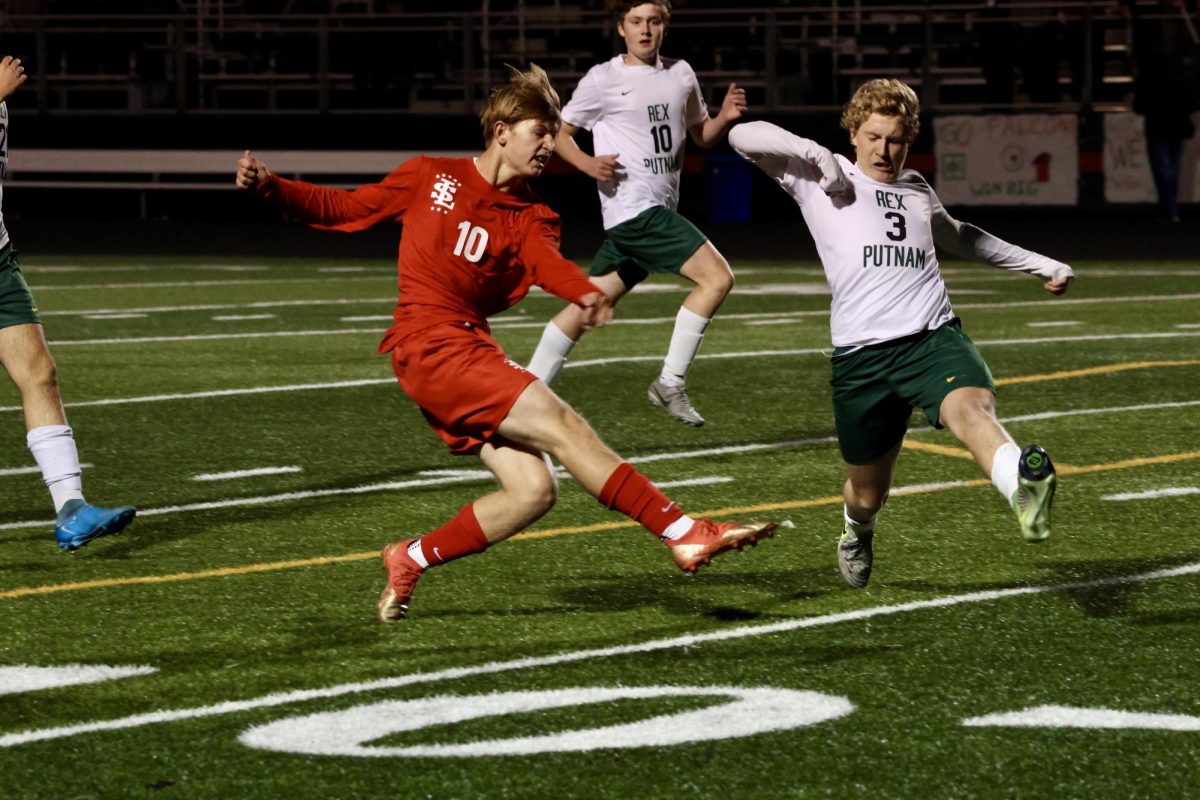
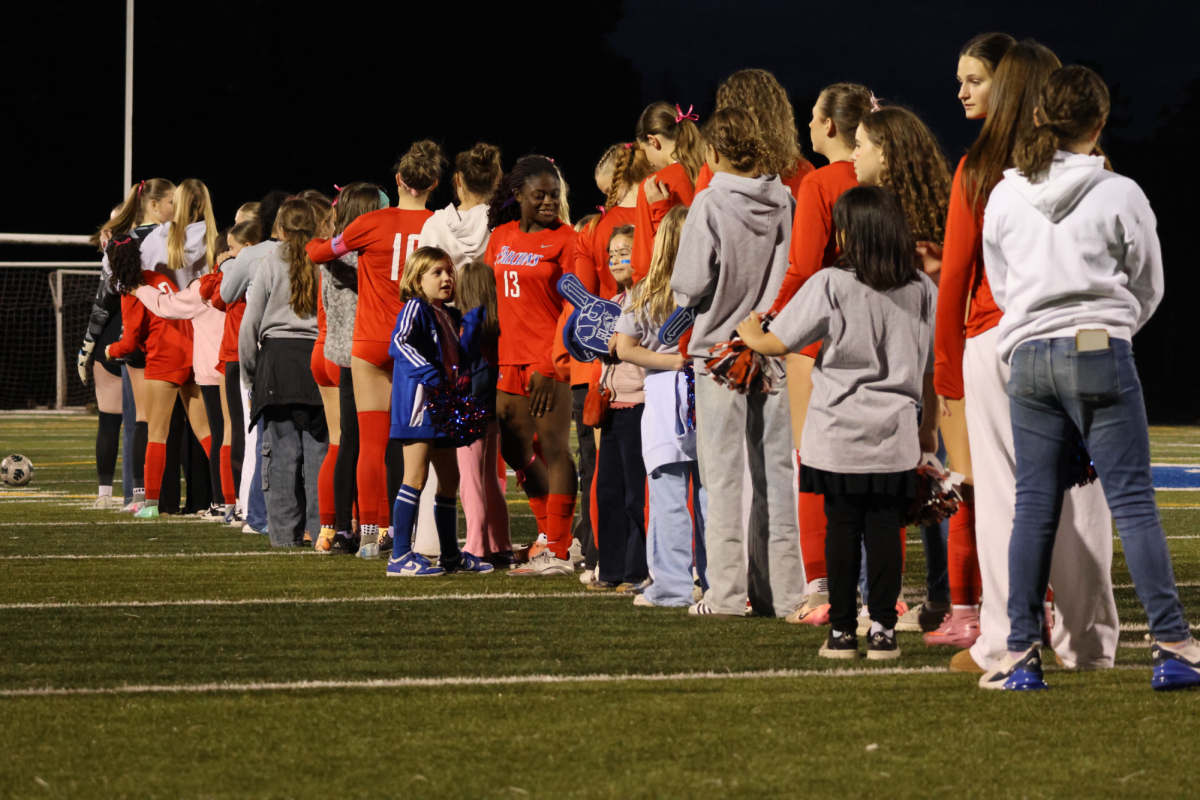

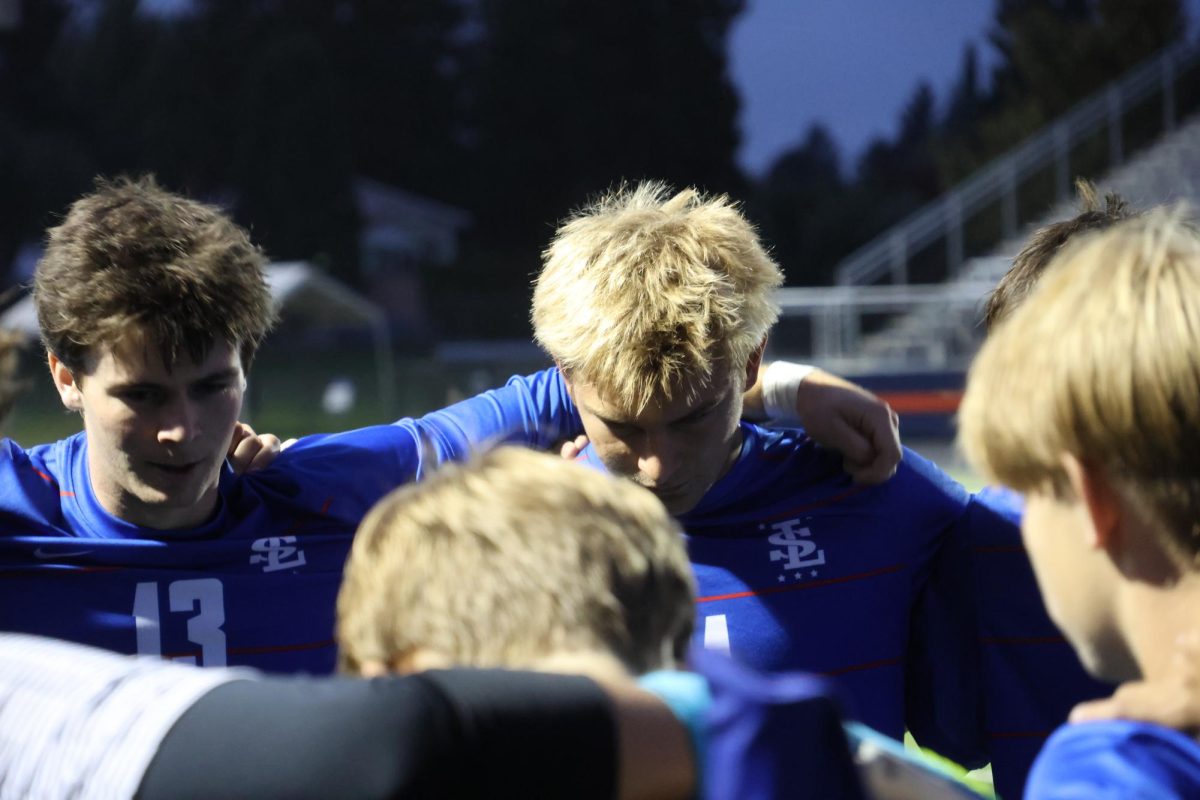
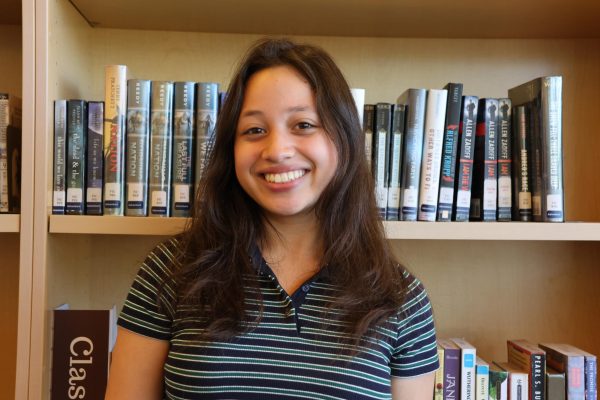
Chris Babinec • Apr 14, 2025 at 9:34 am
Brooke speaks to the personal challenges of being a student-athlete so eloquently. I am certain others will learn from her experience and how she discusses the choices she’s made. She’s clearly a thoughtful leader!